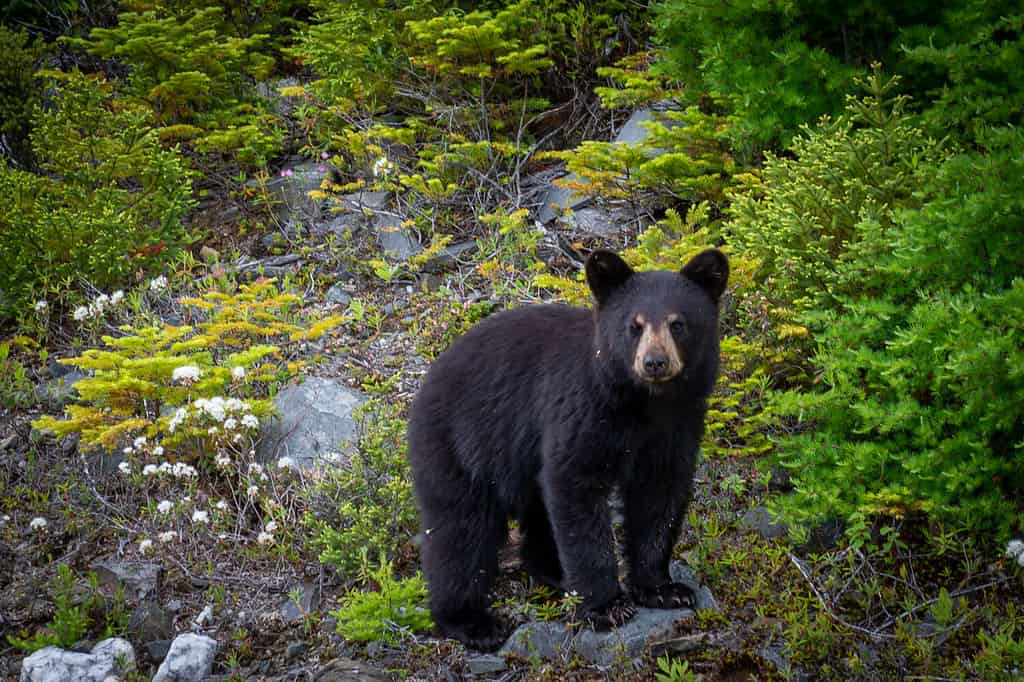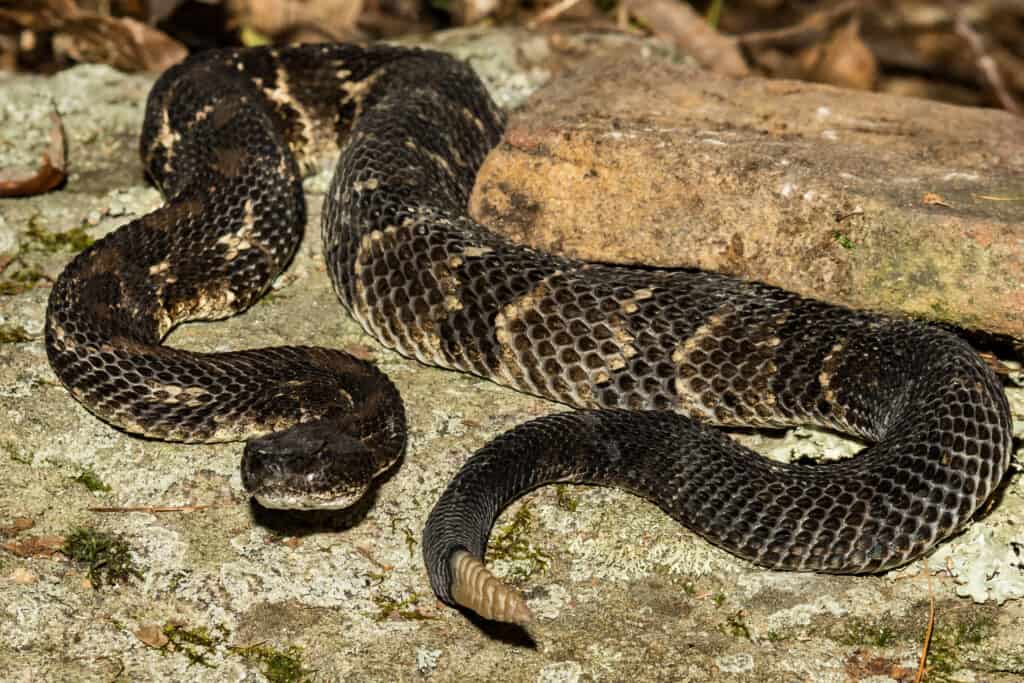Maryland is one of the smallest states and is often called “America in Miniature” because of its diverse landscape. For example, the state contains just about any natural feature except for the desert. This is due to the abundance of water in the state. Furthermore, its nickname also applies to the role Maryland played in the United State’s history. Moreover, this state is home to many ethnic groups of every origin. Maryland has turned out many notable lawyers, politicians, craftspeople, painters, health professionals, religious leaders, and writers. Little America also built the first railroad, dental school, and umbrella factory, and inventors from the state invented refrigerators, the gas light, and the linotype machine. It’s hard to think that all this came from such a small state, but just how big is Maryland?
Maryland in Acres?
Maryland is the eighth smallest state in the U.S. The Little America State spans over 7,939,891.41 acres.
Maryland in Square Miles and Kilometers?
Maryland covers 12,405.93 square miles and 32,131 square kilometers.
How Big is Maryland Compared to Other States?
When compared to Alaska, the biggest state, Maryland, is 53.63 times smaller than Alaska. In comparison, the smallest state in the U.S., Rhode Island, is 8.03 times smaller than Maryland.
Size Summary
| Acres | Square Miles | Square Kilometers |
|---|---|---|
| 7,939,891.41 | 12,405.93 | 32,131 |
Population
Maryland ranks 18th in the nation in terms of population size, which was 6,177,224 as of 2020. The state’s population continues to grow by around 7% every ten years. As a result, it is the 22nd fastest-growing state in the U.S. relative to its population. Furthermore, Little America ranked as the third-most diverse state in the United States and the most diverse on the East Coast in 2020.

Maryland ranks 18
thin the nation in terms of population size, which was 6,177,224 as of 2020.
©iStock.com/Eliyahu Parypa
The Capital of Maryland
Annapolis is the State capital of Little America. Located on the Western Shore of the state in Anne Arundel County, this city is only 25 miles from Baltimore and 30 miles from Washington, DC. The state was founded in 1634. However, the first seat of Maryland’s colonial government was St. Mary’s City in southern Maryland. But, as the population in the state grew, St. Mary’s City was too far for most of the colony’s residents. As a result, in 1694, Anne Arundel Town, midway up the Chesapeake Bay, was designated as the new State Capital by the General Assembly, and the government moved its records and operations there in March 1694.
Wildlife in Maryland
Maryland, while small, contains an estimated 93 species and subspecies of reptiles and amphibians, 90 species of mammals, several hundred species of marine and freshwater fishes, and 400 species of birds. Furthermore, there are an undetermined number of insect and invertebrate species in the state, like spiders, crustaceans, and mollusks. Some of these animals include:
Coyote
It’s no secret that coyotes are adaptable and can survive in habitats like open fields, forests, greenways surrounding suburban neighborhoods, and tidal wetlands. In Maryland, they utilize spaces while remaining out of sight. Coyotes are one of the few animals that can thrive in urban settings.

It’s no secret that coyotes are adaptable and can survive in habitats like open fields, forests, greenways surrounding suburban neighborhoods, and tidal wetlands.
©Mircea Costina/Shutterstock.com
Black Bear
Maryland’s black bears are primarily found in Washington, Allegany, Garrett, and Fredrick counties. However, their largest populations occur in Allegany and Garrett counties, but numbers overall are rising in the state. Black bear sightings are most common in the spring throughout Maryland.

Maryland’s black bears are primarily found in Washington, Allegany, Garrett, and Fredrick counties.
©Dolores M. Harvey/Shutterstock.com
Eastern Copperhead
The eastern copperhead is fairly common in forested rock outcrops of central and western Maryland but extremely rare on coastal plains. Unfortunately, they are so well camouflaged that it’s hard to see them even when looking straight at them. And they are venomous, so if you do step on one and get bitten, seek medical attention immediately.

The eastern copperhead is fairly common in forested rock outcrops of central and western Maryland but extremely rare on coastal plains.
©Jeff W. Jarrett/Shutterstock.com
Timber Rattlesnake
These rattlesnakes are shy and generally avoid areas populated by humans. They are nocturnal during the summer to avoid the heat and diurnal during the spring and fall. However, they are most active after hibernation during spring. Timber rattlesnakes are highly venomous and will readily attack if provoked. Their bites are excruciatingly painful and can cause significant damage. So, seek medical attention immediately.

These rattlesnakes are shy and generally avoid areas populated by humans. They are nocturnal during the summer to avoid the heat and diurnal during the spring and fall.
©iStock.com/JasonOndreicka
The photo featured at the top of this post is © Sean Pavone/Shutterstock.com
Thank you for reading! Have some feedback for us? Contact the AZ Animals editorial team.







